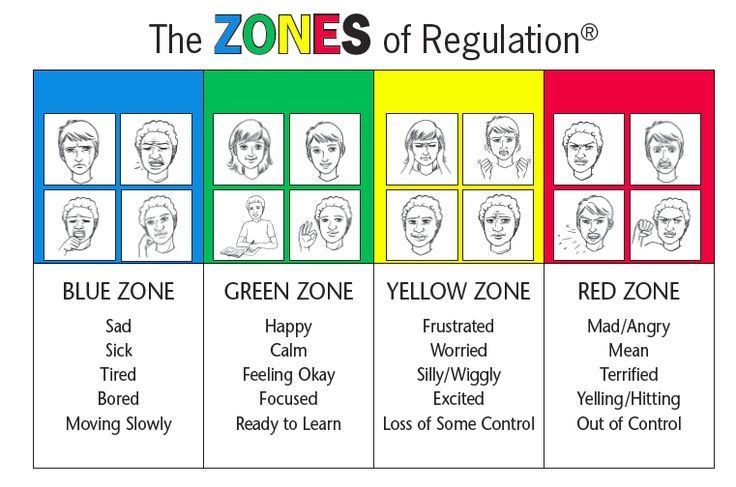So we come, to the last part of our series on maximizing happiness. If you are reading this for the first time, please read the previous articles before continuing, as we are building on previous concepts.
Maximizing Happiness In Life – Part 1
Maximizing Happiness In Life – Part 2
Negativity Bias
This story starts 600 million years ago. In the early years of evolution, threat surrounded homo sapiens at all times. Not being lunch for a predator was the main goal. So our brains developed the fight or flight response. It also took more notice of the dangers.
For example, our ancestor’s brains were more inclined to flag dangerous territory and signals into their long-term memory than the areas where fruits were available. Get lunch not be lunch!
So as we evolved, according to Dr. Rick Hanson, we – the animals who survived were a little more inclined to worry, to react, and to remember, any bad thing that happened to us, to avoid it the next time.
This is the Negativity Bias.
Today, we are not at risk of being eaten all the time. But our brain remembers. So the following, are some patterns to look for, and consciously reduce them, in order to be more positive.
5 Negative Wires
In a way, the negativity bias is well-intended suffering. Our brains are looking out for us as a matter of survival but tend to stress us out more.
1. Looking for Bad Things
We are always on the lookout for danger – in the outside world and inside our bodies. Yes, of course, we should heed warning signals. But most of the time it leads to catastrophizing and other negative thinking patterns.
- What if my husband is in a car crash?
- Or what if my house burns down?
- What if I get cancer and die?
- Omg! What if my children are kidnapped?
- What if no one likes me?
Basically, what could go wrong next with my life?
Next time you catch yourself on the negative runaway train – try these methods to stop it. How to Deal With Negative Patterns Effectively
2. Over Focus On Negative
The wide variety of self-help books guide us to focus on the positive because we were hard-wired as a surviving species to over-focus on the negative. If there are 10 positives and one hard negative – Guess what is naturally catching my attention?
Now, this could be my brain and body’s way of protection and survival but it also makes me less trusting and unhappy. So turn to the positive moments and dwell on them a little more to shift your attention. For more on this, read: Maximizing Happiness In Life – Part 1
3. Overreact to the Negative
Who hasn’t been there? That familiar sweep of maddening anger when someone cuts you while driving or questions your authority.
Our bodies just like fire alarms are designed to make us jump into action. The amygdala is the seat of the flight & fight response. It signals our body to overreact so we can either fight the danger or run away from it. However, in modern life, it just creates more stress.
To understand the workings of the amygdala and how to overcome this reactivity please read: Why are we overcome with emotions?
4. React More to Loss Than Gain
Losses always hurt more, so we react more. Gains are relative according to your degree of gratefulness.
20 years ago, I had misplaced Rs. 1,000 in a theatre. It had slipped out of my back pocket. But even today I remember it very clearly. It was my allowance for the whole month. Of course, I do value all my gains over the years, but losses teach great lessons.
So learn the lessons from losses, grieve them, and move on. But consciously react more to the gain in your life. Be really grateful for them. Turn up the intensity. To know more read: Maximizing Happiness In Life – Part 2.
5. Remember more Negative than Positive Interactions
We tend to remember negativity more so it takes 5 positive interactions to balance one negative interaction. So today if I have an emotional bank, I need to deposit lots of positive interactions with my spouse in it to balance the few but hard-hitting negative interactions.
And this is true for any relationship. Positive interactions help build relationships and them outweighing negative ones is the key to happy relationships. To know more about how positive interactions help relationships read: What is the key to happy relationships?
Now that we know our brain tends to look out for the negative, the first step is to reduce the negativity bias.
Reducing Negativity Bias
There are 3 ways according to Dr. Rick Hanson, to reduce the above-mentioned bias.
1. Deal with Bad Things
Here ‘bad’ is used in an overall pragmatic sense but it means anything that gets you stressed. When you feel blue, yellow, or red zone emotions, feel them fully.

Recognize a feeling, be with it, take a moment, and let it go. Make a plan to deal with it. Be real about your feelings and the situation.
(Under each bias, I have provided a link to an article which deals with it)
2. Move Out of It
We tend to get caught in the cycle of rumination – especially with feelings of anger, sadness, guilt, and shame. We constantly think and marinate those red zone feelings, making us angrier.
So stop rethinking that conversation in your head, fantasizing about how you’re gonna get them the next time or keep beating yourself up about how you are not good enough!
Firstly, notice and remind yourself that you are safe and those are sometimes exaggerated threats in your mind. Secondly, be mindful. Look at the whole situation from a bird’s eye view and detach from it. Change your perspective.
Or change the thought that is causing the feeling, so the feeling will change:

Thirdly, indulge in positive experiences like listening to music, washing your hands, or taking a bath, taking a stroll outside, playing with your children or pet, and connecting to others. Fill your heart with love and life with positive interactions. Use them as a reservoir and refuge.
Help yourself feel safer, rewarded, and connected to authentically try and slip out of it.
3. Build Up Green Zone Experiences
As discussed in the first 2 parts of this series, make life’s ordinary moments – extraordinary. Dwell, marinate, and cherish the genuine connection you feel with others and yourself.
Green Zone as seen in the above picture entails experiences which make us feel happier, calmer, satisfied and more peaceful. These are the experiences we need to make more place for and then relive them.
Honor yourself and others. Think more about the experiences which truly make life worth living, and it definitely will be!
Garden of Happiness
In this final segment of maximizing happiness, let us talk about 3 quick and easy steps that can do just that, in terms of a garden.
STEP 1 – Witness or Let Be
Just be with the feeling. Feel the feeling. Witness the good and the bad. See the movie in your head and just take it all in. Do not investigate, just explore.
The most effective way to be with the mind is to connect authentically. Meditation, mindfulness, calming techniques help in building this connection.
Witness the garden garden blossoming or fading.
STEP 2 – Pull the weeds or Let Go
The second step is to release anger. It’s to let go of thoughts that make us crazy and desires that are problematic.
It is time to let go. It’s time to quit ruminating about it and step out of that movie.
At this point, it’s very useful to ask yourself:
- What do I want to learn from this?
- Or what do I want to grow inside me so the next time that thing happens, I don’t get so mad about it or hurt by it or I don’t keep worrying about it past the point that’s useful?
- What do I want to develop inside me?
Like a gardener, you need to clear weeds before planting the flowers.
Step 3 – Grow the flowers or Let In
The last step is to develop, build, and create beneficial experiences. Those experiences that increase happiness, resilience, mindfulness, wisdom and overall life satisfaction.
Indulging in hobbies, actively filling up your life with positive messages, videos, and people, practicing meditation, taking care of your health, spending time with people who truly care about you are some ways to build yourself up from inside.
Grow the flowers, plants and trees to keep the weeds from coming back.
Thus, it becomes a kind of upward spiral. As you be with your experiences and let certain things that are negative go, and let it in the positive – that helps you be with your thoughts and feelings even more deeply, to release them even more deeply and then replace them even more fundamentally in a wonderfully positive cycle.
In conclusion, being happy is an inside job. Savor, marinate, reflect, remember, create, grow, and build the positive more to hardwire your brain to look for, enjoy, and cherish life long happiness!

